California missions
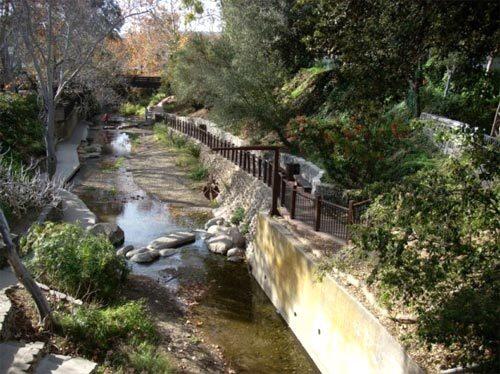
California missions
San Luis Obispo
This babbling brook, spanned by a wooden bridge and set down below street level, is a stone’s throw from Mission San Luis Obispo. The mission, an active Roman Catholic parish, is set in a civic hub and adjacent to a quaint little shopping district. (Tracy Boucher / Los Angeles Times)
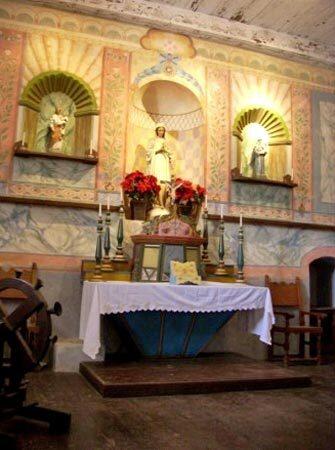
California missions
San Luis Obispo
Mission San Luis Obispo de Tolosa was named for Saint Louis, the bishop of Toulouse, France. An altar inside the mission features colorful walls. (Tracy Boucher / Los Angeles Times)
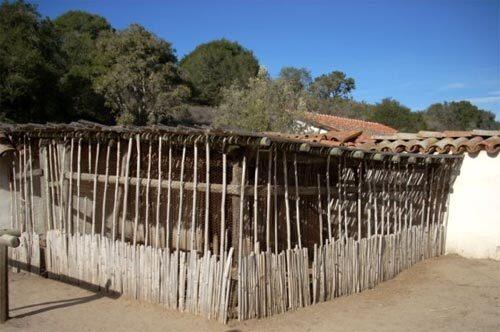
California missions
La Purisima
The state took over this land in 1934, and today its structures are a mix of the restored and the re-created -- all of it done in a fashion that makes you feel as if you are walking through an effective document of the past. (Tracy Boucher / Los Angeles Times)
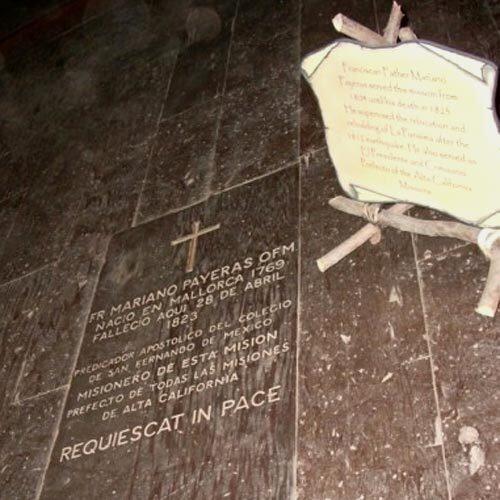
California missions
La Purisima
The grave of Father Mariano Payeras, who died at the Lompoc mission in 1823. (Tracy Boucher / Los Angeles Times)
Advertisement
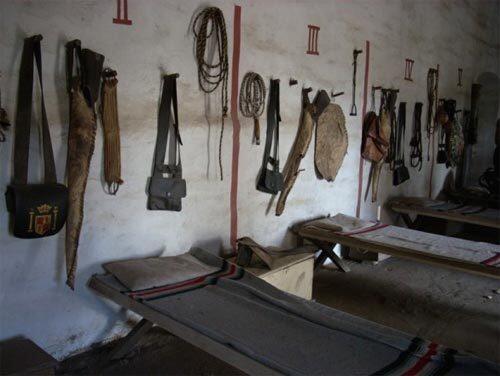
California Missions
La Purisima
The tour of the living quarters, workshops and barracks (pictured) gives the sense that life could be tedious, bare-boned and arduous but also close to the earth and, for true believers, close to their faith. (Tracy Boucher / Los Angeles Times)
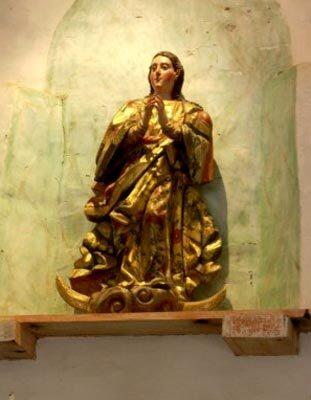
California mission
La Purisima
A statue inside La Purisima, one of three missions run by the state of California. Its visitors center presents a thoughtful and detailed history of the missions and utilizes models, maps and interactive exhibits to help the thousands of students who visit each year frame Californias history. The center is getting even more elaborate with additional exhibits expected to be done by September. (Tracy Boucher / Los Angeles Times)
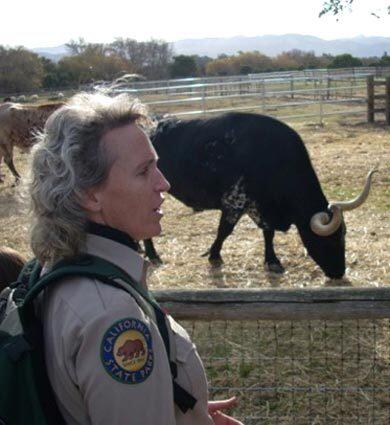
California missions
La Purisima
This mission, a state historic park, is home to Texas longhorns named Brea and Rojo. State parks interpreter Anne Boggess addresses about 20,000 fourth-graders on their quest to study the missions each year. (Tracy Boucher / Los Angeles Times)
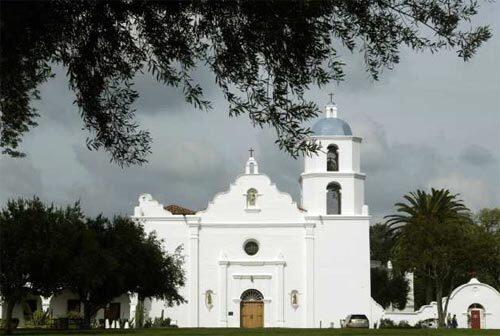
California missions
San Luis Rey
Franciscans founded Mission San Luis Rey in 1798 to serve a large Luiseño Indian population. This mission stands in Oceanside. (Robert Lachman / Los Angeles Times)
Advertisement
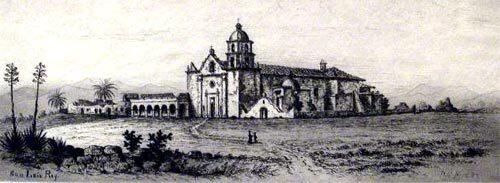
California missions
San Luis Rey
The mission in Oceanside, drawn by Henry Chapman Ford in 1883. (Anne Cusack / Los Angeles Times)
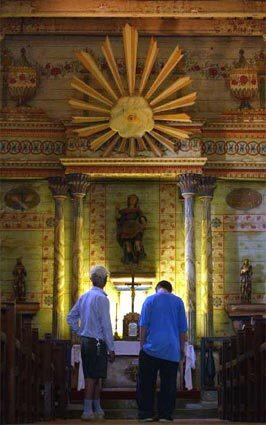
California missions
San Miguel
This mission in San Miguel was founded in 1797 by Father Fermin Lasuen. The building suffered much damage in a 2003 earthquake, shutting the mission, which reopened after extensive restoration in 2006. The altar, pictured, is the focal point of the church. (Stephen Osman / Los Angeles Times)
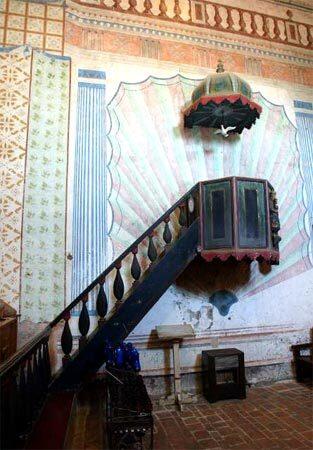
California missions
San Miguel
The inside of the mission has never been repainted, according to the mission’s website. The pictures and the colors are original. (Stephen Osman / Los Angeles Times)
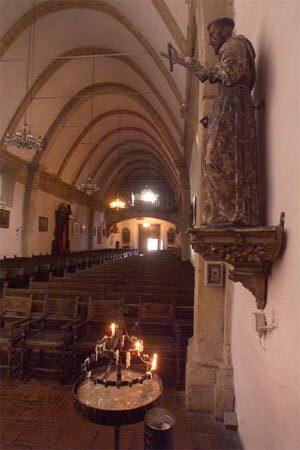
California missions
San Carlos Borromeo
This mission in Carmel was founded by Father Junipero Serra near Monterey Bay. According to the mission’s website, Father Serra moved the site from Monterey to the entrance to the Carmel Valley. (Robert Durell / Los Angeles Times)
Advertisement
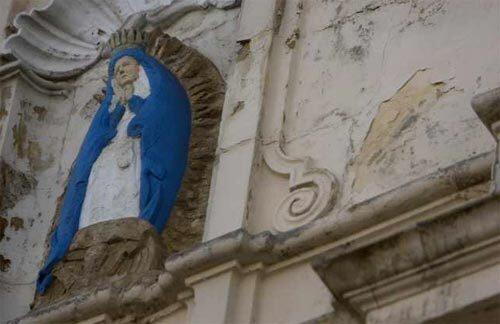
California missions
San Carlos Borromeo
The stone carving of Our Lady of Guadalupe is one of the first non-indigenous sculptures created in California. (Robert Durell / Los Angeles Times)
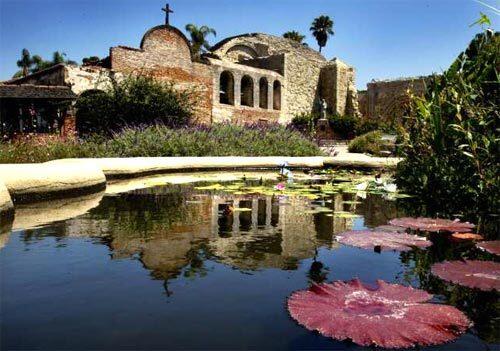
California missions
San Juan Capistrano
This mission was founded in 1776. This is the site also known for the return of the swallows, which purportedly reappear each March on their migration route. Go to the mission’s website for more history. (Karen Tapia-Andersen / Los Angeles Times)
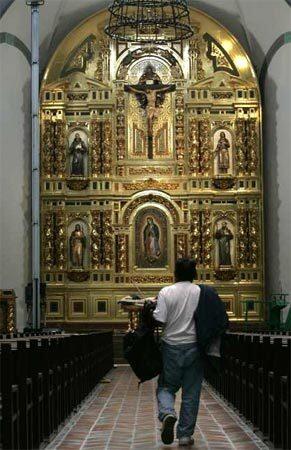
California missions
San Juan Capistrano
The $2-million, four-story altarpiece was paid for by a Newport woman’s estate and by a San Juan Capistrano couple. (Don Bartletti / Los Angeles Times)
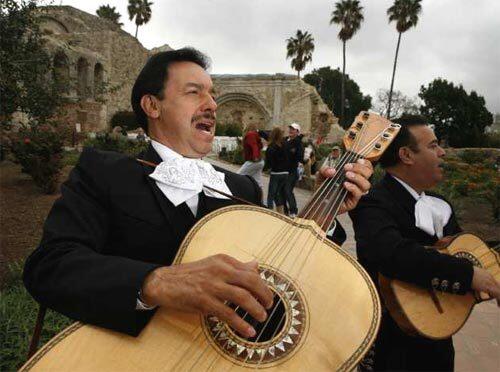
California missions
San Juan Capistrano
Filiberto Ramirez and Jose Louis Yanez play their guitars and sing in the courtyard at Mission San Juan Capistrano during the traditional Return of the Swallows day at the mission last year. This year’s



